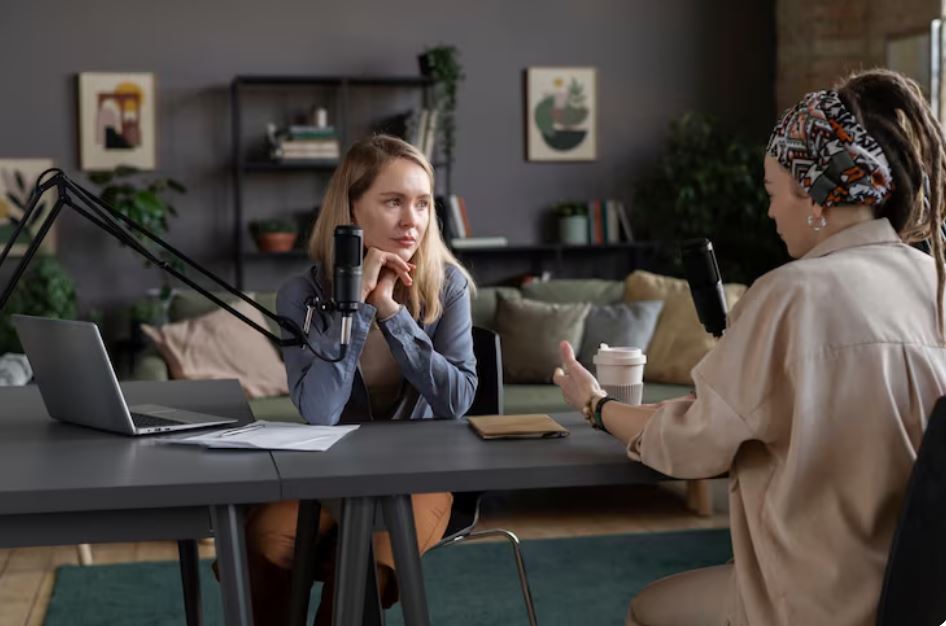
Podcasts have developed into contemporary confessionals—quiet places where silence is replaced by introspection and empathy for suffering. “Therapy on Air” is about connection, not just self-help. Now, millions of people listen to strangers tell their stories and, astonishingly, feel heard. This change marks a new era in emotional care, not just a media fad.
In particular, the format itself is novel. Esther Perel transforms personal intimacy into group understanding in Where Should We Begin? by bringing readers into actual therapy sessions. Every episode is honest, illuminating, and profoundly human, unfolding like a confessional film. It is described by listeners as “like therapy without the bill,” a reassuring fusion of understanding and compassion. Instead of voyeurism, the show’s resonance comes from validation; when we watch others recover, we subtly start our own healing process.
| Category | Details |
|---|---|
| Concept | “Therapy on Air” captures the rise of podcasts offering accessible conversations on mental health, personal growth, and emotional well-being. |
| Influential Figures | Esther Perel, Glennon Doyle, Dr. Joy Harden Bradford, Paul Gilmartin, Dr. Laurie Santos |
| Popular Podcasts | “Where Should We Begin?”, “The Happiness Lab”, “We Can Do Hard Things”, “Therapy for Black Girls”, “The Mental Illness Happy Hour” |
| Research Findings | Studies by Naoise Ó Caoilte and colleagues (2023) found that mental health podcasts significantly improve mental health literacy, particularly among those with limited access to therapy. |
| Social Relevance | Mental health podcasts have become a bridge for those unable to access professional help, fostering understanding and reducing stigma. |
| Cultural Shift | Emotional storytelling has turned into a communal act of healing through sound, inviting open discussion around mental wellness. |
| Celebrity Connection | Figures like Brené Brown and Prince Harry have amplified mental health awareness by embracing vulnerability through podcasts. |
This change is supported by research. According to a 2023 study headed by Naoise Ó Caoilte, podcasts about mental health significantly increased the emotional literacy of listeners who were underrepresented. Just by listening, those without access to counseling developed a new understanding of their feelings. It’s a striking example of how easily comprehensible storytelling can aid in healing.
From an experiment, the move to auditory therapy developed into a movement. Comedian Paul Gilmartin’s The Mental Illness Happy Hour has drawn millions through its mix of humor and honesty. His candid interviews demonstrate the profoundly healing power of vulnerability and laughter. It’s a very human and casual approach that’s especially helpful for listeners who might be reluctant to pursue traditional therapy.
Women of color can now explore mental health in a safe and supportive environment thanks to Dr. Joy Harden Bradford’s Therapy for Black Girls. She eliminates stigma and increases representation by directly tackling systemic and cultural issues. Her voice exudes confidence, serving as a reminder that softness is frequently the foundation of strength.
These programs succeed by redefining vulnerability as bravery. Invisible but intensely intimate connections are formed between listeners and the hosts as they tune in during late nights, workouts, or commutes. This is what psychologists refer to as parasocial intimacy—a one-sided bond that seems remarkably genuine. It’s solidarity, not just storytelling, when someone like Glennon Doyle shares her struggles on We Can Do Hard Things.
A change in generation is reflected in the popularity of “Therapy on Air.” Younger audiences are especially drawn to podcast hosts’ unvarnished honesty because they were raised on social media transparency. By candidly talking about loneliness, anxiety, or burnout, these discussions normalize emotions that were previously kept under wraps. Essentially, they are democratizing empathy by making emotional intelligence as portable as a music selection.
Public figures have also been influenced by this growing interest in therapeutic dialogue. The cultural acceptance of emotional openness has significantly improved as a result of Prince Harry’s mental health talks on various podcasts and Brené Brown’s research-based storytelling. These individuals bridge the gap between celebrity and community by turning vulnerability into visibility through the sharing of personal struggles.
Experts remind us that “Therapy on Air” cannot take the place of actual counseling, despite the fact that it feels incredibly therapeutic. Podcasts can help people reflect, but they don’t offer the same level of individualized care as in-person therapy. “Podcasts can reveal patterns, but transformation still requires participation,” says Dr. Laurie Santos, host of The Happiness Lab. This distinction helps to ground this phenomenon: healing still requires personal effort, even though listeners may feel heard.
Nevertheless, the advantages are indisputable. Podcasts have been repeatedly shown to increase self-awareness, promote empathy, and significantly lessen the stigma associated with mental illness. They are now unofficial emotional education classrooms that teach listeners how to identify their suffering, establish boundaries, and value sleep. Early bibliotherapy movements, which once employed literature as a therapeutic tool, bear a striking resemblance to this effect.
Another layer is added by the societal context. Millions of people still cannot afford or access mental health care. The World Health Organization reports that more than 80% of those who are in psychological distress do not have access to reasonably priced treatment. Podcasts have become a very effective alternative form of guidance—free, accessible, and emotionally impactful—even though they are not a cure.
Using podcasts to further their professional development, therapists have also embraced the trend. Curt Widhalm and Katie Vernoy host The Modern Therapist’s Survival Guide, which assists medical professionals in overcoming burnout and moral conundrums. This sharing of experiences fosters a never-ending cycle of empathy, introspection, and learning for both listeners and therapists. It is collective counseling.
It’s interesting to note that technology has strengthened this bond even more. Dr. Harvey Lieberman, a psychologist, was recently featured in the New York Times, where he discussed the use of ChatGPT and other AI tools as an interactive journal. Despite being robotic, he discovered that digital dialogues can elicit self-awareness. His observation, “Some absences keep their shape,” encapsulated the way that even manufactured speech can arouse genuine feelings. Similar ideas underlie “Therapy on Air,” which uses recorded or live dialogue to assist viewers in discovering purpose.
The unpolished yet incredibly compassionate tone of these podcasts may be what makes them so timeless. They encourage introspection rather than calling for change. They remind listeners that involvement, not perfection, is what mental health is all about. Like a gentle session, the message is whispered in each episode: listening is the first step toward healing.
Millions of people now begin their mornings or end their evenings with voices that promote self-compassion, regardless of time zones or continents. Under the guise of entertainment, “Therapy on Air” has subtly evolved into a public service—an emotional lifeline. It provides consistency, accessibility, and the reassuring illusion that someone, somewhere, knows exactly how you feel—things that traditional therapy occasionally cannot.
These podcasts have created a brand-new kind of haven by converting discourse into care. They serve as companions for people who just want to feel less alone, mentors for people who are trying to find balance, and mirrors for those who are looking for understanding. The goal of “Therapy on Air” is to rediscover connection, one episode at a time, rather than to replace experts.
